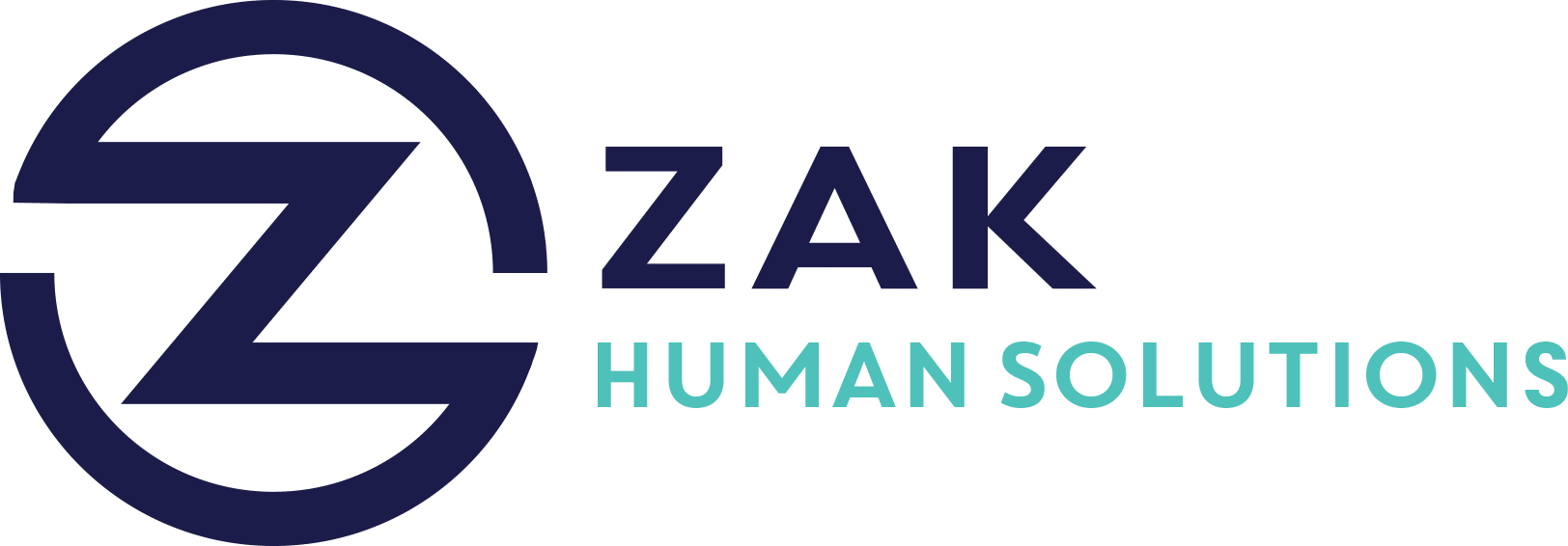Key Takeaways
- Retaining employees is crucial during uncertain times; viewing them as replaceable is a costly mistake.
- High turnover rates lead to knowledge gaps, inconsistent execution, and damaging trust in leadership.
- The relationship between employees and managers is the most significant factor in retention, fostering trust and growth.
- Effective communication is essential; employees seek engagement and dialogue, not just updates.
- Demystifying AI can enhance employee trust and promote a culture of empowerment, rather than replacement.
- A high-support culture, characterized by regular feedback and recognition, drives motivation and retention.
In today’s rapidly changing business landscape, employee retention has emerged as a paramount concern for organizations. While uncertainties may tempt leaders to see employees as interchangeable assets, this approach can lead to long-term detriments. Let’s delve into the strategies and insights that can help organizations maintain a stable and motivated workforce.
The Hidden Costs of High Turnover
High turnover rates do more than merely unsettle the workforce; they create ripple effects that disrupt organizational performance:
- Knowledge Gaps: Each time an employee leaves, they take with them valuable institutional knowledge that isn’t easily replaced.
- Inconsistent Execution: New hires require training periods, which can slow down operational momentum.
- Damaged Trust: Frequent departures can erode trust in leadership, breeding skepticism and disengagement among remaining team members.
The Power of Manager-Employee Relationships
The bedrock of employee retention lies in the quality of relationships between managers and their teams:
- Trust and Growth: Strong relationships foster trust and open pathways for growth.
- Empathy and Clarity: Managers who lead with empathy and clarity can significantly enhance employee satisfaction and retention.
Effective Communication: More Than Just Updates
In the era of digital communication, the way messages are conveyed has taken center stage. Here’s how to leverage communication as a powerful retention tool:
- Engagement Over Information: Employees crave dialogue and engagement rather than one-way informational updates.
- Designing Communication Journeys: By tailoring communication strategies for critical moments like onboarding or role transitions, organizations can make their messaging more impactful.
Embracing AI Without Fear
Artificial Intelligence (AI) can either be seen as a threat or an opportunity. Successful organizations choose the latter:
- Empowerment Through AI: AI should be used to enhance human roles rather than replace them.
- Confidence Building: By incorporating AI in ways that simplify tasks or provide insights, employees feel more empowered and less threatened.
Nurturing a High-Support Culture
A supportive work environment is crucial for retention and employee morale:
- Frequent Feedback and Recognition: When employees receive regular feedback and recognition, it boosts their motivation and desire to stay.
- Coaching Culture: Managers should be seen as coaches who guide, inspire, and foster high performance via transparent communication and shared goals.
An Investment in People
Ultimately, employee retention is about valuing people as the most important drivers of organizational success. By focusing on nurturing relationships, effective communication, leveraging technology wisely, and building a supportive culture, organizations can not only survive but thrive in uncertain times.




